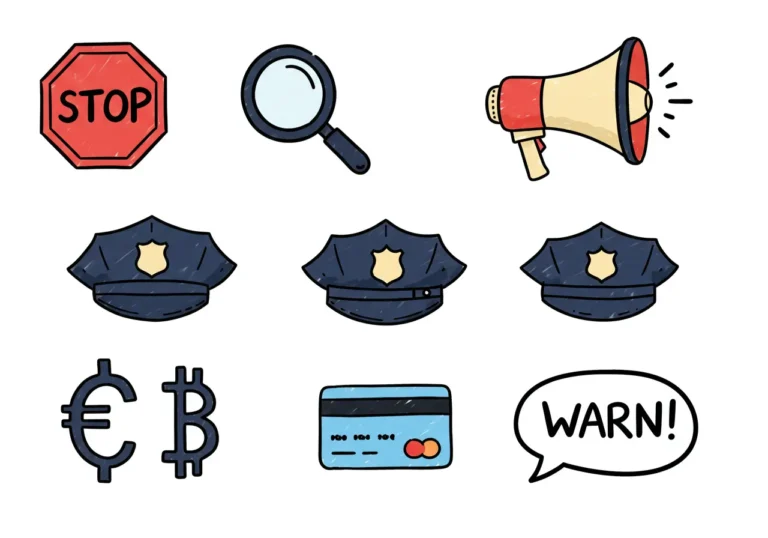Phemex Hack Exposes $85 Million: What You Should Know

Imagine logging into your crypto account feeling confident—until you learn you’ve lost tens of millions in seconds. That’s exactly what happened to users of Phemex on January 23, 2025, when threat actors took advantage of a hot wallet vulnerability and stole more than $85 million.
The exchange detected the hack at 11:30 UTC and responded immediately by suspending deposits and withdrawals. Still, the fallout was major. While the initial figure floated was around $29 million, security experts later confirmed it was closer to $85 million across multiple blockchains.
How It All Went Down
Phemex’s hot wallets—used for day-to-day transactions—were targeted. Hackers got in, probably through compromised private keys or insecure wallet protocols. Within hours, funds began draining across chains like Ethereum, Solana, Bitcoin, and more.
In response, Phemex paused all transactions and issued a Proof of Reserves to reassure users their cold storage funds were safe. They worked with security firms and law enforcement, and over the next few days restored withdrawals gradually.
Why This Happened and What It Shows

Hot wallets are convenient but vulnerable—always connected to the internet. If a private key or system control is compromised, funds can disappear fast. In Phemex’s case, the lack of stronger safeguards like multi‑signature protection likely made the hack easier.
The sophistication of the attack led many to suspect a state-sponsored group—maybe North Korean‑linked actors like Lazarus. These groups are known for well-planned, multi-chain thefts.
What Users Can Learn
Even though Phemex handled the situation fairly quickly, there are lessons that apply to everyone in crypto:
- Hot wallets are for convenience, not storage. Move long-term holdings to cold (offline) wallets.
- Check if your exchange uses multi-signature wallets or advanced security protocols.
- Watch for sudden suspensions of deposits or withdrawals—they may be signs of a breach.
- Look for Proof of Reserves—transparency is a positive sign.
- Stay informed: follow exchanges’ official communications and learn from their responses.
How Phemex Responded
Phemex took clear steps to regain trust:
- They paused deposits and withdrawals immediately.
- Publicized a Proof of Reserves to show the extent of unaffected funds.
- Gradually restored services across networks.
- Brought in third-party security professionals and law enforcement.
- Told users not to use outdated deposit addresses to avoid delays
Why This Should Matter to You
Your crypto is only as secure as the platform holding it. Even big names like Phemex are vulnerable. This hack reminds all of us: take control of your security before someone else does.
Simple Steps to Protect Yourself
- Use a cold wallet (hardware or paper) for long-term assets.
- Keep only small amounts in hot wallets for trading or spending.
- Ensure your platforms use strong security like multi-sig and regular audits.
- Enable two-factor authentication everywhere.
- Track account activity—download statements regularly.
Can This Happen Again? Absolutely
Crypto’s rise means more value to be stolen—and hackers aren’t slowing down. You stay ahead by being proactive: use secure wallets, vet your platforms, and stay informed.
Final Thoughts
The Phemex $85 million hack isn’t just another headline. It’s a wake-up call. But it’s not a reason to dump crypto—it’s a chance to get smarter about how you manage it.
If you’d like to explore how to choose truly secure wallets, check if exchanges have solid safeguards, or even how to respond if your platform goes silent—I’m here, ready to walk through it in plain, warm language.
Table of Contents

Hello, I’m Edmilson Dias, founder of CoinBringer. I created this platform to guide people through the fast-moving world of cryptocurrency with clarity and safety. With years of research in blockchain and digital security, my goal is to translate complex topics into practical knowledge, offering reliable tutorials, safety insights, and guidance for both newcomers and experienced users.
Discover more from CoinBringer
Subscribe to get the latest posts sent to your email.







